SustainSahel Youtube Channel
SustainSahel videos are available on our Youtube channel: https://www.youtube.com/channel/UCkQ15-h5DxMkBNfvnPzh3Og
The Youtube channel will be continuously updated throughout the project with videos about field experiments, stories from the field and more. Don't forget to subscribe to the YouTube channel!
Click directly on the images below to watch the videos, or follow the provided links.
Agroecology is the future for Africa - A conference in Brussels presents scientific evidence
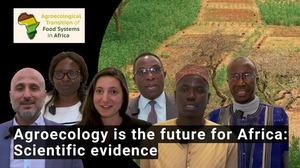
Discover the highlights from our event on the agroecological transition of food systems in Africa, held on 6 May, 2025, in Brussels. In this video, participants summarize the most compelling facts and insights from the event, emphasizing that agroecology is the future for Africa, backed by solid scientific evidence. Learn about the groundbreaking findings from nine EU-Africa collaborative projects and the implications of the project's findings for policymakers in both the EU and Africa.
This video is available here, in English with French subtitles: https://youtu.be/zeWeD0dT76E?si=cs9Hk-R3MT2wtdqO
Uncovering secrets of the Miracle Tree Faidherbia albida
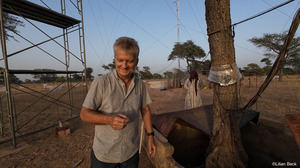
Come with us on a tour of the Senegalese landscape to discover the extraordinary Faidherbia albida, a tree that defies all expectations by remaining green during the dry season and losing its leaves during the rainy season!
This video is available here, in French: https://youtu.be/qjH6j5hDMvQ
Propagation of trees in a Senegalese field
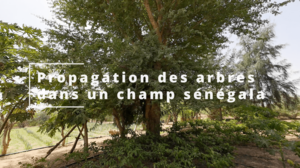
Travel to Ouarkhokh, Senegal, during the dry season, where you will discover a lush green oasis thriving in seemingly impossible desert conditions. Meet Ndeye, an innovative farmer who shows us her surprising techniques for growing fragile plants such as peppers under the protective canopy of nutrient-rich Faidherbia Albida, Khaya senegalensis, and Moringa trees.
This video is available in:
- Wolof with French subtitles: https://youtu.be/lPM6dKxnwyo
Advantages of agroforestry in the Sahel
This video highlights the advantages of agroforestry in the Sahel and explains how trees and shrubs can improve soil health and increase crop yields.
In short, agroforestry offers multiple benefits to farmers in the Sahelian region, notably by improving soil quality and increasing agricultural productivity.
This video is available in:
- French with subtitles in English: https://youtu.be/FjEMhY-I1EY
- Bambara: https://youtu.be/W6vhtA2KxGs?si=1TfhD3l1YkzkbI6J
- Pulaar: https://youtu.be/005uXqM3qcE?si=EG4d6JwM0Gd3klPF
- Mooré: https://youtu.be/4LERzckVxVA?si=qa95IZNfRzxwIHs-
- Serere: https://youtu.be/Ym3sGhjCNUI?si=_j5Zagd9IQc8k6jI
- Wolof: https://youtu.be/-mnrA_lrutI?si=lK8dXU9rcatyXIx0
An example of an agroforestry farm in the Sahel
This video discusses agroforestry in the Sahel region and its benefits. Agroforestry involves integrating trees and bushes into agricultural fields. The video highlights several advantages of incorporating trees into crop fields, such as increasing yields by 100-800% in arid regions like the Sahel. It then focuses on a specific farm where various agroforestry practices are implemented.
The video is available in:
- French, with subtitles in English: https://youtu.be/WzABL5uK8cU
- Bambara: https://youtu.be/m4gAiIMD0SE?si=pdpN07a1uCZcRXyM
- Pulaar: https://youtu.be/Ddx6NxjU9FA?si=8KcR4PaL_3JzkBxv
- Mooré: https://youtu.be/YLCe5PovZN4?si=rMTo29LgXj28ImQ-
- Serere: https://youtu.be/ti1dWKtXPRk?si=jwzgpkt-xw7N4ht_
- Wolof: https://youtu.be/t5goiAVAr2Y?si=_cHrtXuuki1L8itH
SustainSahel Project Video
The SustainSahel project video gives a broad overview of the projects goals, it's focus areas, partners, with text written in English and French: https://youtu.be/G_kVH1e_jJ4
Access Agricultures' video channel
The project partner, Access Agriculture, has produced some videos within the project and stores them exclusively on their video channel.
Mulching with trees and schrubs
The video is about the use of West African indigenous bush biomass for mulch (Guiera senegalensis, Piliostigma reticulatum). Mulch from local trees and shrubs protects the soil from the harsh sun and reduces soil temperature, which is good for living organisms in your soil. Only selectively prune the shrubs and trees, so there always remain enough branches to allow the plants to grow well. Apply the mulch to your field 1 to 2 weeks before sowing. Gently move the mulch aside when inserting the seed in the planting hole. The video was produced in Burkina Faso.
The video is available in: English, French, Bambara, Wolof, Pulaar, Serere, Mooré: https://www.accessagriculture.org/mulching-trees-and-shrubs
Managing intestinal nematodes in small ruminants
When pastures are contaminated by the dung of infected animals, worms are easily transmitted to non-infected animals when they graze. To identify infected animals, you need to: observe if animals develop abundant diarrhoea, start to eat less, or loose step with the rest of the herd. Assess the colour of the inner eye lid with a FAMACHA card. Try out what palatable trees or shrubs can be used as fodder to help cure infected animals. The video was produced in Burkina Faso.
The video is available in: English, French, Bambara, Wolof, Pulaar, Serere, Mooré: https://www.accessagriculture.org/managing-intestinal-nematodes-small-ruminants
Joint YouTube Channel
Sustainable Intensification in Africa - SFS35 H2020 Projects
Sustainable intensification empowering agricultural development in West, East and North Africa.
Partners





What we are doing
The agricultural sectors in Africa and Europe share the common challenge of moving towards more sustainable ways of agricultural production, first and foremost of the so-called Sustainable Intensification (SI). Financed under the call H2020 SFS 35 2019-2020, the projects EWA-BELT, SustInAfrica, SustainSahel, UPSCALE and Soils4Africa, are all experimenting with already existing practices and new innovative methodologies in several countries in Africa to provide a comprehensive map of local, regional and national indicators and guidelines to improve food-security all across the African continent. To this end, the projects focus on several and heterogeneous issues covering the full spectrum of Sustainable Intensification.
This Joint YouTube channel represents a unique synergy to disseminate the activities, practices and results implemented and achieved by these projects so far and beyond the life of their activities, showcasing the benefits of agroecological innovations on the ground and providing evidence to support the mainstreaming of agroecological practices.
Discover our factsheet to have an overview of our projects, what challenges we are addressing and what results we are creating to overcome them.
"Sustainable Intensification, which aims to enhance productivity while reducing the environmental impact of agriculture, emerges as a promising solution"
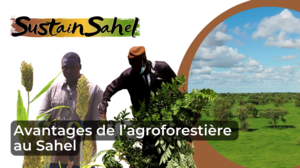
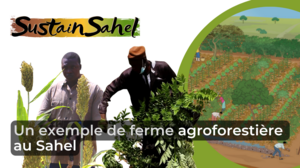
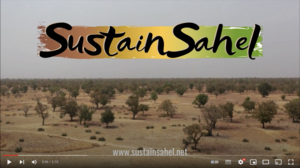
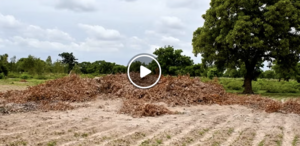
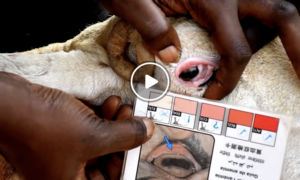


 tap and then scroll down to the Add to Home Screen command.
tap and then scroll down to the Add to Home Screen command.